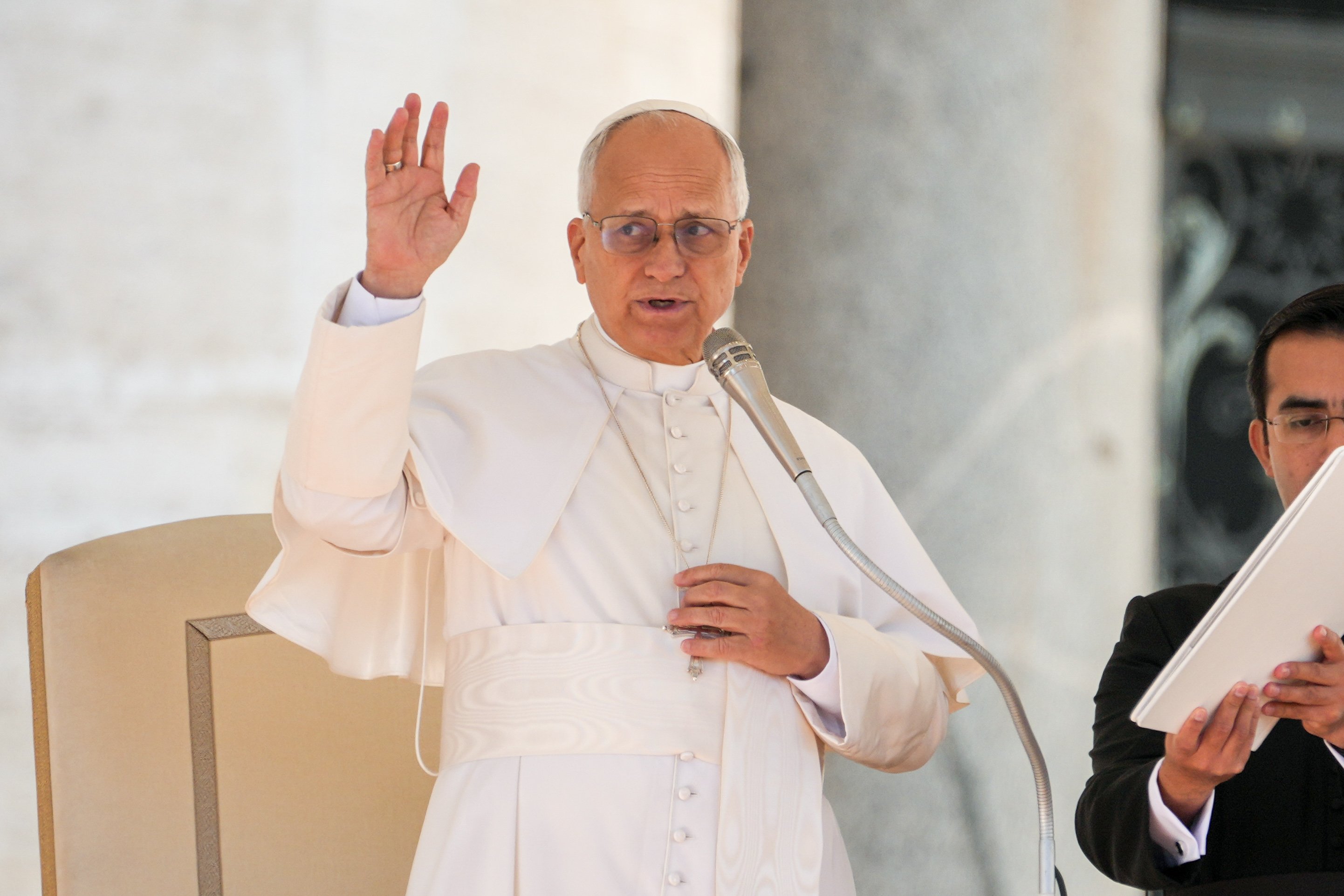April 6, 2018 at 1:53 p.m.
'They have been quick to turn aside from the way that I commanded them; they have cast for themselves an image of a calf, and have worshipped it...' -- Exodus 32:8
If the majority of our biblical books weren't self-critical, they wouldn't be in the Bible.
One of the reasons people of faith saved these writings was because they helped them reflect on their own weaknesses. If we're not willing to be analyzed, we probably shouldn't read Scripture.
Yet, because our sacred authors didn't have us in mind when they wrote, it's easy to miss some of the self-critical aspects of their writings. This is especially true of Sunday's first reading (Exodus 32:7-11,13-14).
As with all biblical writings, we must know what was going on in the community when the writing was actually composed, not what was going on during the period the work describes.
For instance, today we shouldn't be asking about Egyptian calf gods during the 12th century BCE -- the period of the Exodus. Serious students of Scripture want to know what was going on "calf-wise" in eighth-century-BCE Israel, where and when Sunday's Exodus passage was created.
Hosea, prophesying in Israel during that time, twice mentions problems with calves (8:4-6 and 13:2), demanding that Samaria "cast [their] calves away" and condemning men for "throwing kisses to calves."
Worshipping statues
Scholars tell us that Hosea's calves are actually cherubim, set up as symbols of God's presence in various Jewish shrines and temples. A cherub is a mythological animal -- head of a human, wings of an eagle and body of a bull -- hence, the derisive term "calf." It was presumed gods got from point A to point B on their backs; and, when they got there, they would sit enthroned astride them.
For Jews, making and putting a cherub in a sacred place was an outward sign God was in that place, sort of like a sanctuary candle is a Catholic sign that Jesus is present in the tabernacle. The Ark of the Covenant even sported two cherubs.
Due to bad catechesis, many Jews eventually began to believe the cherub actually was God. They began to worship the statue. Prophets, like Hosea, didn't tolerate such practices. They blew off the argument that the cherubs originally came from the priests -- Aaron, in this case. The idolatrous "calves" had to go. They were drawing people from true faith.
The original readers would have known this Exodus story was directed to what they were doing in eighth-century Israel, not to what their ancestors had done 400 years before in the Sinai. They had created the golden calves in the shrines they frequented.
Merciful God
In a similar way, Luke's original readers automatically knew the key person in Jesus' Prodigal Son parable (Luke 15:1-32) is the unforgiving older brother. Throughout Luke/Acts, Luke's Jesus constantly conveys God's mercy to individuals who have no legitimate claim to such mercy.
In each of Sunday's three parables, Jesus' God seems to have no problem with forgiving. We, not God, are the obstacles to that process. Rarely does anyone criticize us for "welcoming and eating with sinners." Perhaps we other Christs need more forgiveness than the sinners in our midst.
The Pauline disciple who wrote I Timothy (1:12-17) doesn't hesitate to point out his mentor's shortcomings: blasphemer, persecutor, arrogant. Fortunately, the Apostle reminds the readers, "Christ Jesus came into the world to save sinners. Of these, I am the foremost." Who, hearing these words, would not immediately think of his or her own unworthiness to carry on Jesus' ministry? Yet, each can testify, "I was mercifully treated."
Of course, just as we critically applied Luke and I Timothy's passages to ourselves, we can do likewise with the Exodus passage.[[In-content Ad]]
SOCIAL MEDIA
OSV NEWS
- US bishops celebrate Mass to ‘beg the Holy Spirit to inspire’ their fall assembly
- As deal to end shutdown advances, Catholic groups urge action on health insurance costs
- Texans vote overwhelmingly to enshrine parental rights in state constitution
- Supreme Court declines Kim Davis case seeking to overturn same-sex marriage ruling
- ‘Do you love Jesus more than your political opinion?’: Bishop Tyson says the church faces a test
- Vatican says Swiss Guards investigating alleged antisemitic gesture
- Bishop: Survival of Christian communities in Nigeria depends on security, justice
- Pope asks for extra care when using AI in medicine
- Pope holds long meeting with Belgian abuse survivors
- Delegation of top prelates, lay activists gives Brazil church strong presence at COP30








Comments:
You must login to comment.